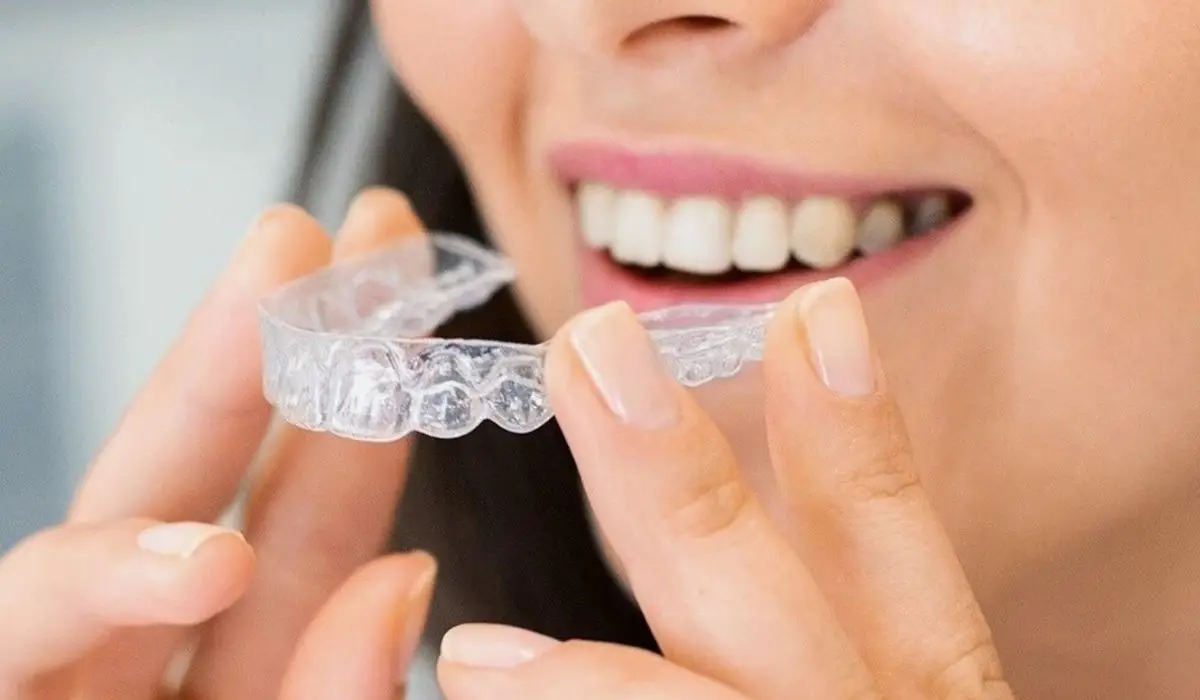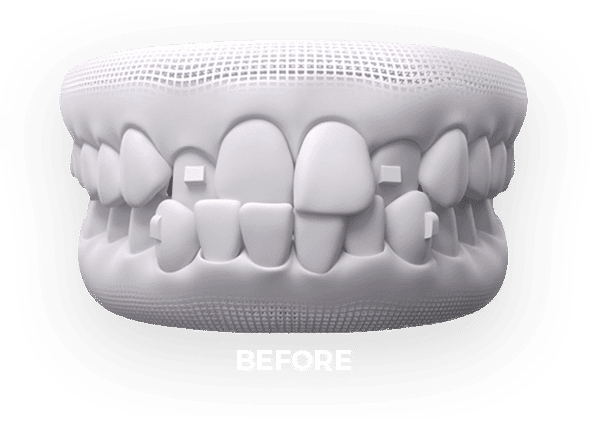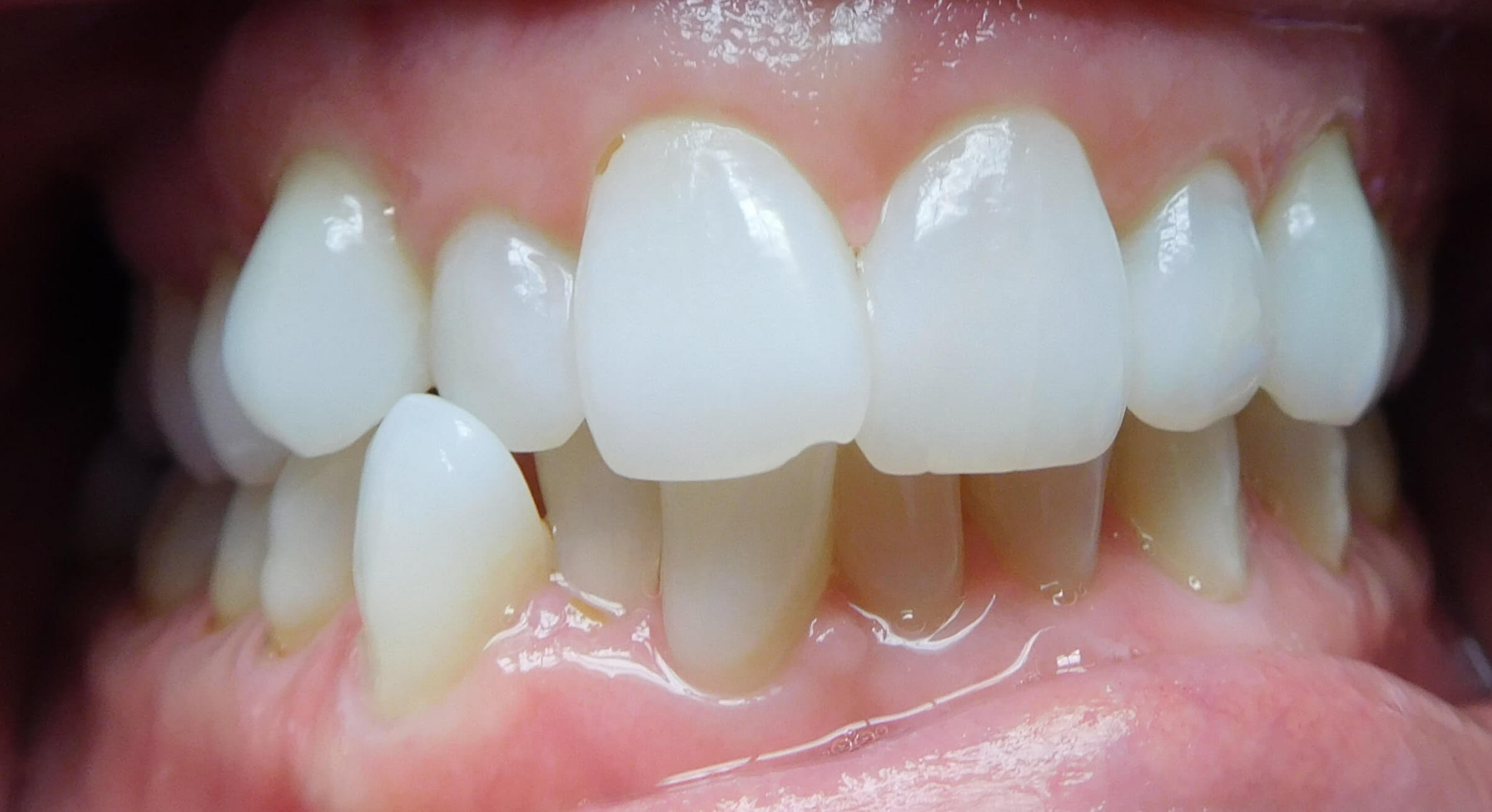Invisalign vs. Standard Dental braces: Which Option Is Right for You?
When taking into consideration orthodontic treatment, the option between Invisalign and traditional dental braces offers numerous essential aspects that warrant cautious analysis. Invisalign uses a discreet alternative with removable aligners, while conventional braces supply an extra visible yet reliable service for extreme imbalance. Each option incorporates distinctive advantages and disadvantages associated to looks, convenience, therapy period, and expense. Understanding these subtleties is important for making a notified decision that aligns with your individual choices and way of life. The question continues to be: which choice will best satisfy your orthodontic requirements and assumptions?
Summary of Treatment Choices

On the other hand, conventional braces are composed of metal braces and cables that are bound to the teeth. This method uses continuous pressure gradually to achieve positioning. While reliable for complicated orthodontic problems, typical braces call for routine check outs for modifications and can pose obstacles in preserving dental health due to the trouble of cleaning up around wires and braces.
Both alternatives have their qualities, and the option typically depends upon specific dental conditions, way of life choices, and patient conformity. Inevitably, speaking with an orthodontic expert is vital for figuring out the most ideal therapy plan customized to private demands. Understanding the nuances of each alternative can substantially influence the total success of orthodontic therapy.
Aesthetic Considerations
A substantial aspect influencing the choice in between Invisalign and conventional braces is the visual appeal each therapy offers. Invisalign aligners are crafted from clear plastic, making them essentially invisible when used.
On the other hand, standard dental braces are composed of metal braces and cords, which can be extra visible. While advancements in orthodontic technology have actually caused the development of smaller sized brackets and colored elastics, typical braces still maintain a more conspicuous profile. For some people, the exposure of braces may prevent them from seeking required treatment.
Eventually, the selection between Invisalign and conventional dental braces may depend upon personal preferences concerning visual appeals. Individuals who focus on discretion usually favor Invisalign, while those who are less worried concerning presence may choose standard braces. Recognizing the aesthetic effects of each choice is crucial for making a notified decision that lines up with one's lifestyle and preferences.
Comfort and Convenience

In terms of ease, Invisalign aligners are detachable, allowing patients to enjoy their favorite foods without constraint and keep optimal dental hygiene. Cleaning and flossing are streamlined, as the aligners can be taken out throughout these regimens, whereas typical braces call for mindful maneuvering around brackets and cords.
In contrast, conventional braces require normal changes, making them less practical for those with active routines. Generally, the convenience and comfort of Invisalign make it an attractive option for many people seeking orthodontic therapy.
Therapy Duration and Effectiveness
While both Invisalign and standard dental braces work in remedying oral misalignments, the duration of treatment can differ substantially in between both options. Commonly, Invisalign treatment can take anywhere from 12 to 18 months, depending on the complexity of the case. The clear aligners function by progressively changing teeth into their wanted settings, and regular follow-ups with an orthodontist help make sure development continues to be on track.
On the other hand, standard dental braces typically require a longer dedication, usually varying from 18 months to three years. This is due to their set nature and the use of braces and cords, which can be a lot more efficient for complex situations and extreme misalignments (Invisalign). The therapy effectiveness of typical braces is well-documented, as they enable specific adjustments and better control over tooth movement
Eventually, the choice between Invisalign and typical braces might rest on both the anticipated treatment period and the specific oral concerns handy. Consulting with an you could try here orthodontist is essential, as they can supply customized suggestions based upon individual needs, ensuring the selected technique straightens with desired timeframes and end results.
Expense Comparison and Insurance Options
Expense plays a considerable role in the decision-making procedure for people taking into consideration orthodontic treatment, whether selecting Invisalign or standard braces. Usually, the cost of Invisalign ranges from $3,000 to $8,000, while conventional braces commonly cost between $2,000 and $6,000. Variables affecting these costs consist of the intricacy of the instance, the period of therapy, and geographical location.
Insurance policy coverage can considerably influence out-of-pocket expenditures. Many dental insurance strategies provide partial protection for orthodontic therapies, however the specifics can vary widely. It is critical for patients to examine their insurance coverage policies to determine the level of insurance coverage for either choice. Usually, typical braces might be much more regularly covered by insurance coverage plans contrasted to Invisalign, which some insurance companies classify as a cosmetic procedure.
Furthermore, a number of orthodontic practices use adaptable repayment strategies, making both treatment alternatives a lot more accessible. People need to ask about possible financing choices and discount rates for upfront repayments. Reviewing the overall cost, including insurance policy advantages and layaway plan, is essential for making a notified decision that straightens with both aesthetic preferences and spending plan considerations.

Conclusion
In summary, the choice in between Invisalign and standard dental braces rests on numerous aspects, including visual preferences, convenience, treatment period, and cost. Invisalign uses a discreet, removable alternative that assists in dental hygiene and nutritional flexibility, while traditional braces might be preferable for complicated oral issues and usually come at a reduced rate point. Eventually, assessment with an orthodontist is important to evaluate specific circumstances and figure out one of the most suitable treatment alternative for achieving ideal oral placement.
When considering orthodontic treatment, the selection in between Invisalign and traditional braces provides numerous important elements that warrant mindful analysis.Comparing Invisalign and conventional dental braces discloses distinctive therapy alternatives for investigate this site orthodontic adjustment.While both Invisalign and standard dental braces are reliable in correcting dental misalignments, the duration of treatment can vary considerably between the read this post here two choices.Expense plays a considerable function in the decision-making process for people taking into consideration orthodontic therapy, whether deciding for Invisalign or typical dental braces.In recap, the selection in between Invisalign and typical dental braces pivots on multiple factors, including aesthetic preferences, comfort, treatment duration, and cost.